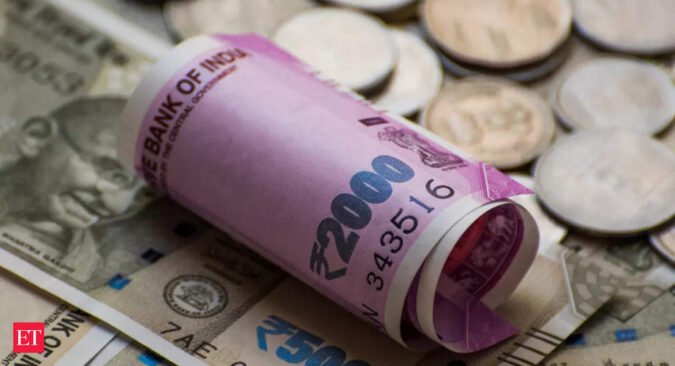The ebbing fund flows are putting pressure on the local currency while the falling global crude prices and surging services exports come as a respite and may lead to current account surplus in the fourth quarter, economists said.
The foreign direct investment (FDI) inflows dipped nearly 13% this fiscal till January, mirroring the negative sentiment in the global investment climate, while foreign institutional investors (FII) have sold equities worth $6.1 billion in the same period on net basis, Reserve Bank of India data showed.
“Drop in FDI and FII are on expected lines as easy liquidity dries up as part of tightening in the West,” said Madan Sabnavis, chief economist with Bank of Baroda.
DBS Bank senior economist Radhika Rao agreed, saying that overseas investors are keeping outbound long-term investment commitments on the slow burner following the rapid pace of tightening since last year.
The withdrawal from the local markets is also due to an investment shift to alternatives like gold, Sabnavis said.
India received $61.5 billion between April 2022 and January 2023 as compared with $70.5 billion in the same period in the preceding year.Out of this, $41.9 billion is fresh equity investment by overseas investors while $15.9 billion is reinvested earnings and $3.7 billion came under other heads, RBI data showed.
Gross overseas investment inflows were at $84.4 in FY22.
“Narrowing differentials between most of the Asian vs US rates has led foreign investors to be discerning in their allocations, also factoring in the dollar index and local currency swings.” Rao added.
However, lower global crude prices come as a rescue in terms of managing current account deficits.
“Lower energy prices and a strong service trade surplus will see the current account math pose less of a challenge in the fourth of this fiscal and next year, lowering the reliance on capital flows to fund the gap versus previous cycles,” she said.
India’s services exports grew 30.5% year-on-year in the first 11 months of FY23, easily the fastest growth in over a decade, accelerating from the post-Covid bounce of 21.2%, ICICI Securities said in a report. “Surging services exports ensure a large services-trade surplus in January-February, which is likely to ensure a current account surplus in Q4FY23,” it said.
Investments by India Inc on foreign soil also nearly halved to $10.9 billion in the period under review as against $15 billion, helping to somewhat slowing dollar outflows from the country.
Overall, on a net basis, foreign investment inflows were at $20.2 billion in the 10 months of FY23, against $24.5 billion in the same period last year. The country saw $21.8 billion inflows in FY22.
Nevertheless, the fifth largest global economy is expected to attract future investments from overseas investors. “Better faring services and electronics sectors are expected to continue drawing in interests into India as long standing changes in the regional supply chain will not be upended by the new market jitters,” Rao said.
